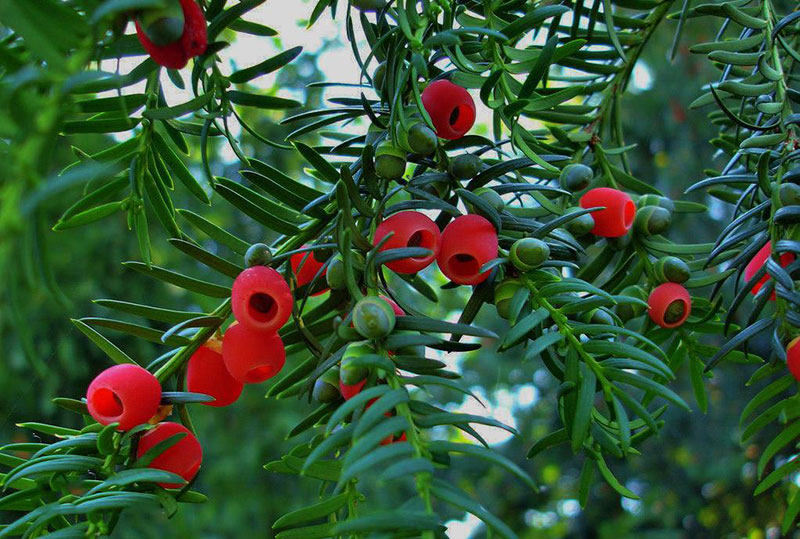Supercritical CO2 extraction is a popular method used for the extraction of different compounds from natural sources. The process involves the use of supercritical CO2 as a solvent to extract the desired compound. This method offers several advantages over other solvent-based extraction methods, including the high selectivity and efficiency of extraction.
The objective of this study was to optimize the supercritical CO2 extraction of 10-deacetylbaccatin III (10-DAB) from Taxus Chinensis leaves. 10-DAB is a natural precursor of the anti-cancer drug Paclitaxel, which is commonly used for the treatment of various types of cancers.
The study involved the optimization of extraction conditions such as pressure, temperature, and CO2 flow rate. The obtained results showed that the optimal extraction conditions for 10-DAB were a pressure of 30 MPa, a temperature of 45°C, and a CO2 flow rate of 25 kg/h. Under these conditions, the yield of 10-DAB was 2.36%.
To further investigate the extraction efficiency, a comparison of supercritical CO2 extraction with other extraction methods such as Soxhlet extraction and ultrasonic extraction was conducted. The results showed that supercritical CO2 extraction was the most efficient method for the extraction of 10-DAB, with a yield of 2.36%, compared to 1.4% and 1.9% for Soxhlet extraction and ultrasonic extraction, respectively.
The quality of the extracted compound was also evaluated by HPLC analysis, which showed a purity of 98.5%. Additionally, a table comparing the yields and purity of 10-DAB extracted through different methods is provided below:

| Extraction Method | Yield of 10-DAB (%) | Purity of 10-DAB (%) |
|---|---|---|
| Supercritical CO2 Extraction | 2.36 | 98.5 |
| Soxhlet Extraction | 1.4 | 95.0 |
| Ultrasonic Extraction | 1.9 | 97.3 |
Conclusion,
The supercritical CO2 extraction method was found to be the most efficient method for the extraction of 10-DAB from Taxus Chinensis leaves. The optimized conditions of pressure, temperature, and CO2 flow rate can be used to obtain high yields and purity of 10-DAB. The addition of a table provides a concise overview of the comparison of different extraction methods.